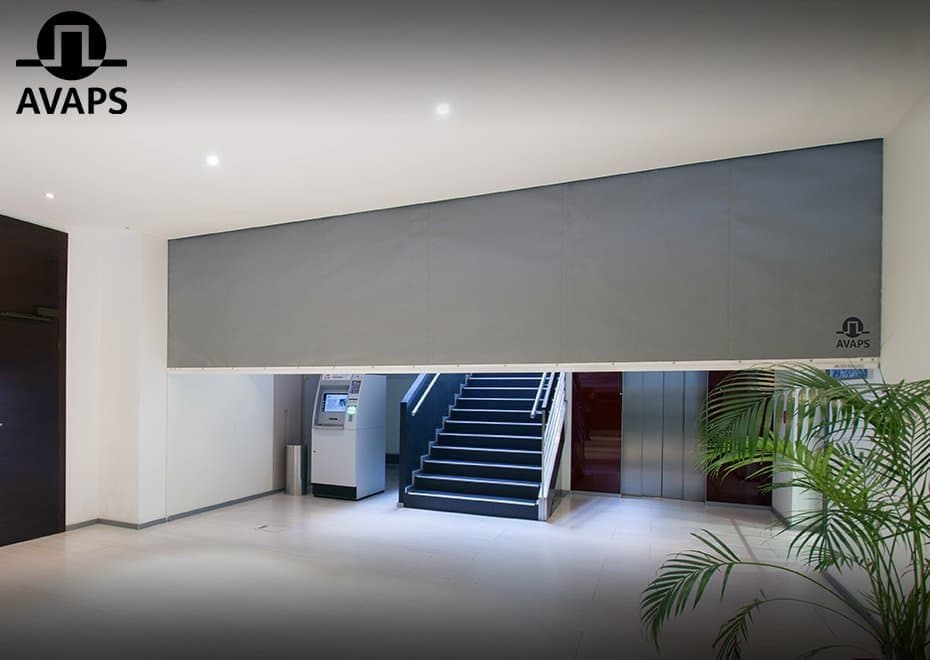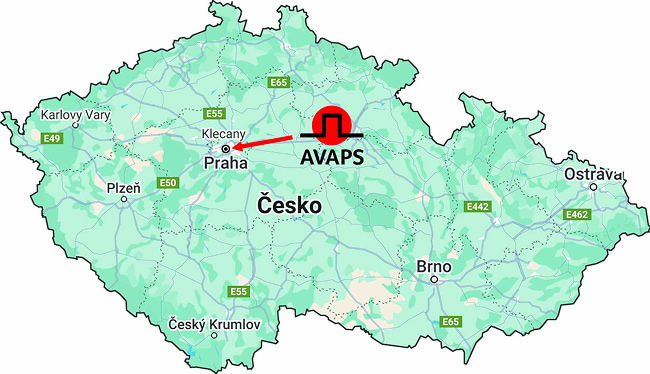Roller fire shutters
The application of the principles of fire safety of buildings in their design and implementation brings a number of problems, especially in connection with the division of buildings into fire sections.
In contrast to the requirements of designers and users of buildings for large, undivided premises, the current design standards require a thorough separation of premises, which serves in particular a safe escape and closure of premises with an increased risk of fire.
In practice, this means closing floors around stairs, closing openings in ceiling structures, redistributing large spaces in cultural, educational, sports, transport, residential and administrative buildings, shopping malls and also in underground garages, industrial buildings, halls, etc.
On the one hand, of course, the requirements of users for large areas are understandable, on the other hand, respecting them would create a huge risk of rapid spread of fire, which can mean not only great material damage, but also a significant increase in danger of leakage. Finding an acceptable compromise, ie combining fire safety and operational requirements, can be solved by installing fire shutters, which by their dimensional variability allow both the separation of escape routes and the division of space through which the fire can spread.
According to the fire resistance parameters, fire shutters are divided into:
- preventing the spread of heat - EI designation
- limiting heat dissipation - EW designation
In terms of materials used, they are classified into shutters of the type:
- DP1
- DP2
- DP3
From the point of view of fire resistance, it is possible to achieve fire resistance of 15, 30, 45, 60, 90, 120 and 180 minutes by means of fire shutters.
Fire shutters can be classified according to ČSN EN 13501-2 on the basis of tests performed in accordance with ČSN EN 1634-1 (Fire resistance testing of door and closure assemblies - Part 1: Fire doors and opening closures), ČSN EN 1363-1 (Fire testing resistance - Part 1: Basic requirements) and ČSN EN 1363-2 (Fire resistance testing - Part 2: Alternative and supplementary procedures).
The shutters are tested in a wall test furnace, the entire course of the test is accurately recorded in the fire resistance test report - after minutes, changes and ongoing processes are accurately recorded.
Criteria for achieving integrity limit states (continuous flame burning and joint gauge permeability), radiation (recorded when the measured heat flux intensity exceeded 5, 10, 15, 20 and 25 kW / m2) and insulation (temperatures measured by thermoelectric cells on the unheated surface of the test specimen - limit values exceeded).
As the increase in their dimensions is often required for fire shutters, at the same time an opinion is prepared by an authorized person for the extended application of test results with an indication of the maximum permissible dimensions.
As follows from a number of tests performed so far and their experience, the most important requirement is the precise fitting (incorporation) of the product into the building structure and the need to follow the technological assembly procedure specified by the manufacturer. Otherwise, certified results may not be achieved, and therefore these shutters must be installed exclusively by an authorized and thoroughly trained company.


 +420 777 911 770
+420 777 911 770
 sales@avaps.eu
sales@avaps.eu



